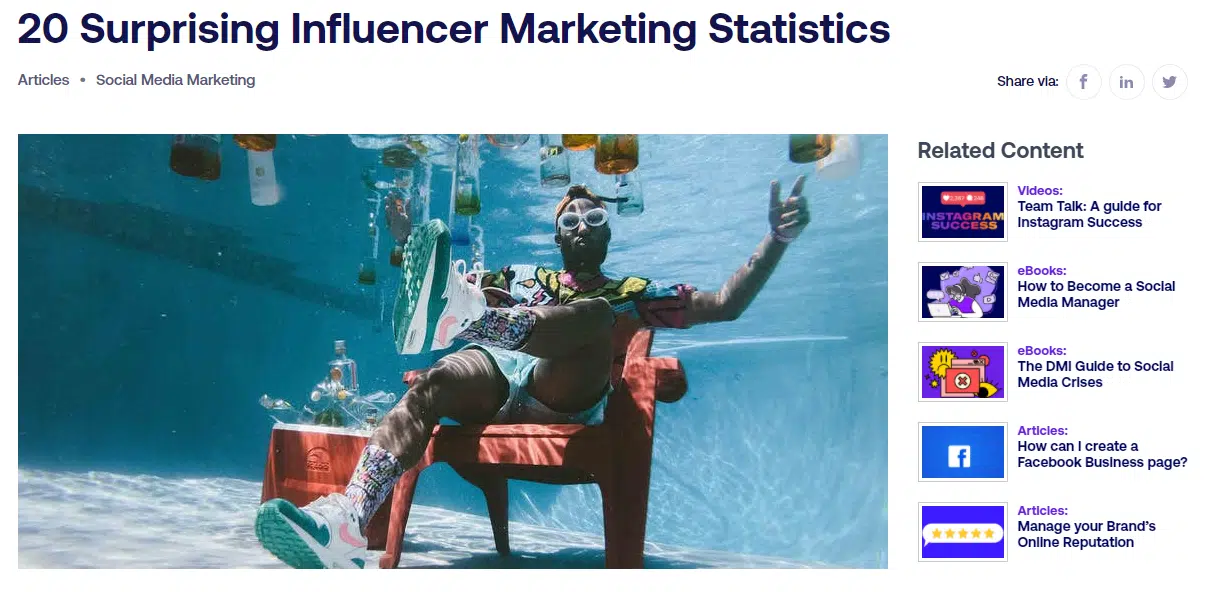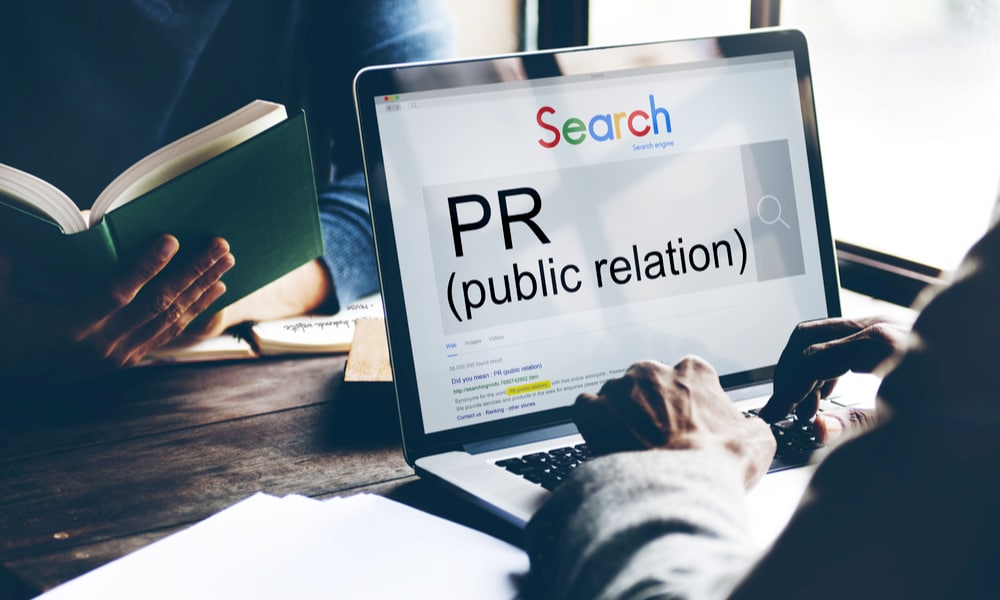1. Media Relations
Media relations is the type of public relations that is all about getting attention from journalists, bloggers, broadcasters, and other platforms. This is done solely for the purpose of strengthening the connection of a company with its stakeholders. Meanwhile, stakeholders are those people who are directly or indirectly attached to the company. We’ll talk about that later.
For now, you should know that organizations work hard to garner these long-standing relationships through paid and earned media coverage campaigns. A sound example of earned media coverage is HARO, an online platform that connects reporters with credible sources.
Companies get in touch with journalists by sending them pitches at HARO. If a journalist finds a said pitch credible or useful, he or she makes sure that it’s mentioned in a news article/ campaign that he is working on. As a result, the business gets a boost in popularity, customer conversions, and media coverage with positive effects that prolong for a decent duration.
2. Community Relations
Up next on our ‘types of public relations’ list, we’ve got community relations. Its sole purpose is to build a positive relationship between a local community and an organization through different campaigns. These days, many businesses rely on community relations processes continuously to make sure that the public’s interest is aligned with the business in question.
More so, those companies that make it a point to commit to their community’s interests are always going to be more attractive than others. This positive connection result’s in boosting the company’s image – and that’s what businesses eventually strive for.
Depending on the medium used for executing community relations strategies, it could be an inexpensive process where the business doesn’t have to spend a fortune. For instance, companies post regular updates through their social media profiles to keep everyone outside in the loop.
Likewise, sponsorships, donations, and philanthropy translate to different opportunities for MNCs where they can demonstrate their care and support for the local communities.
3. Crisis Communication
Crisis communication is another important type of public relations strategy where a business requires the help of a PR firm to handle any crisis situation.
For instance, what if a company’s founder engages in an unwanted spat with someone on social media. Alternatively, it could be a faulty product line that resulted in a negative public image for a business. In times like these, crisis communication specialists take the podium to elaborate on the situation and provide transparency to maintain the positive image of the company in the eyes of the public.
These days, spokespersons, on behalf of a company, use social media, press releases, and media coverage campaigns to send updates that are meant to “clear the air” around any specific crisis situation. As much as external communication is important, it is imperative to take the company’s employees into confidence and execute an internal crisis communication campaign to make sure that everyone’s on the same page.

When it comes to crisis communication, you should seek the help of a professional PR firm to get started. These PR companies have specially trained personnel who excel in creating compelling copies with a neutral tone, speech writing, and vice versa.
4. Public Affairs
At a grander level, we need to look at public affairs that help to lobby the relationships between the government and politicians. To think of it, people have a murky view of public affairs campaigns, but we’re here to debate over the significance of this special type of PR.
The job of a public affairs specialist is to ensure that the organization’s views, which, in this situation would be the government, are aligned with the public’s interest. The entire PR affairs team works in a synchronized mode to make sure that whatever information or update is being shared, it’s relevant and compelling enough to affect the decision makes at the highest level.
Public affairs PR is a demanding process where decision-makers require industry insights and data-driven metrics to be able to communicate effectively. This is done via one-on-one meetings, drafting different copies, extensive research on different issues, and through a combination of green & white papers.
5. Social Media Communication
These days, social media has become the next big thing on the internet. With the advent of such platforms, companies, governments, and organizations seek to share updates with the public for increased outreach.
As of right now, the most popular social media platforms are Facebook, Twitter, and Instagram. We also have LinkedIn and TikTok, but the latter isn’t exactly meant for social media communication – especially newsworthy content updates.
The intent behind social media comms as a public relations company is to promote an organization’s reputation and gain positive results. Seeing to the fact that the outreach factor is instant on social media, companies normally jump to seek any opportunity that helps them to get their product, newsworthy content, or update under the spotlight.
Social media communications is one of the easiest types of public relations that generates exponential results when campaigns are executed in collaboration with social media influencers. Influencers tend to have a massive following, and whenever they post an update, it has a profound impact on people’s decision-making process.
According to a recent survey from ‘Digital Marketing Institute’, 70% of the consumers feel comfortable buying anyone online if it’s recommended by a popular social media influencer. However, that’s not all that social media comms entails as a public relations type. These days, these processes are all about maintaining messages between an organization and its consumers, regardless of real-life geographic boundaries.
6. Internal Employee Communications
Employees and the people that work for an organization are the most important aspect of the business. As much as maintaining external communication is important, it is equally imperative to keep employees on the same page.
Timely communication with internal personnel ensures that the workspace processes are running smoothly, and people are working at an optimal rate. That’s where internal employee communications PR comes into effect. It is a process that makes staff feel valued, cared for, and satisfied throughout the tenure of his/her relationship with a company.
7. Strategic Communications PR
Lastly, on our different types of public relations list, we have strategic communications. It is also the final part of the equation where different PR processes are set in place to send out coordinated messages on behalf of a company.
Doing so helps the said business to achieve its long-term and short-term objectives – i.e. to disburse information for the sake of it! The public relations experts make sure that the organization’s profile with employees, customers, and media people, is maintained through controlled messages that outline the necessary updates.





